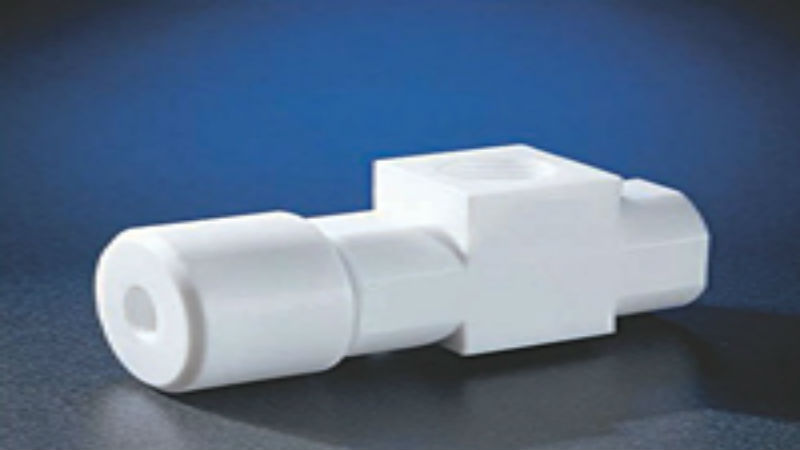There are many different companies manufacturing high purity valves. Some of these companies are based in the United States, while others may be manufactured in a variety of different countries around the world.
Different manufacturing standards and quality control factors are important to consider in the choice of the right valves for any application. This becomes increasingly important in high purity applications and systems where poorly designed and manufactured valves can have a very negative impact on the overall process and the flow of media through the system.
Design and Manufacturing To Standards
When ordering from an American company, or when using imported products, take the time to learn about the manufacturer. Look for companies that are ISO 9001 certified to ensure a recognized quality control process is in place throughout production.
These companies will have a strong foundation in production to industry standards. This is a very critical factor as valves can appear to be identical on the surface, but the interior components and the attention to detail and standards during production will make one valve superior to the other.
Consider Materials
With manual, solenoid and pneumatic high purity valves, the specific material used in the production of the valve will be critical. Ideally, a PTFE or polytetrafluoroethylene wetted surface is the gold standard in the industry. This provides high levels of corrosion resistance, extremely low friction and it is the preferred option for both deionized water and clean room types of applications.
The top companies can also produce custom options in their high purity valves. This can include alternative materials, including PVDF, PEEK, and Polypropylene for non-wetted surface areas.


